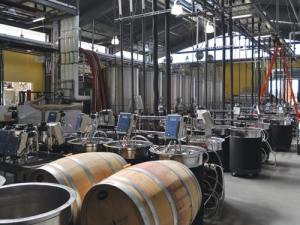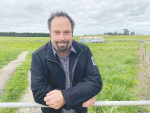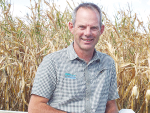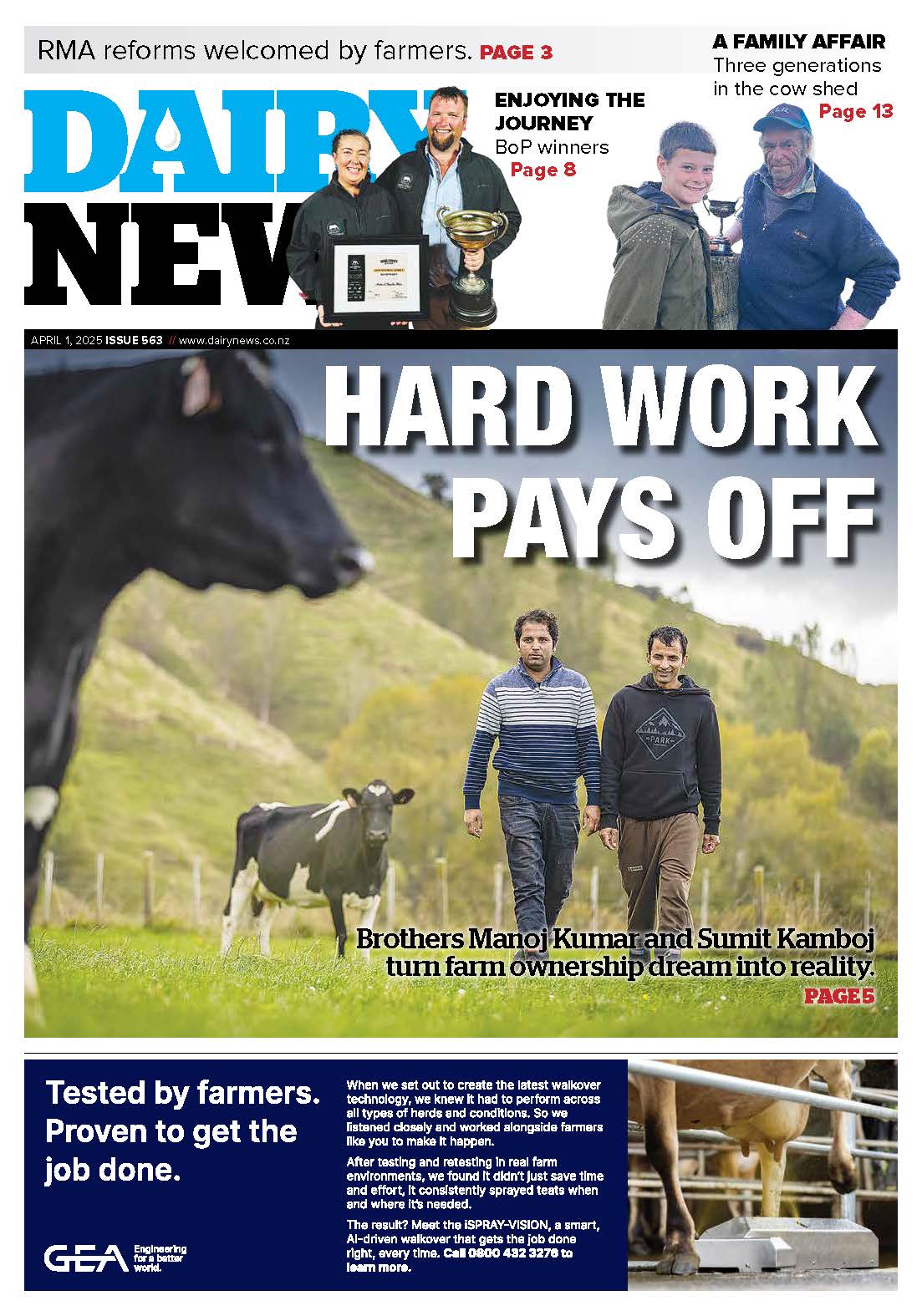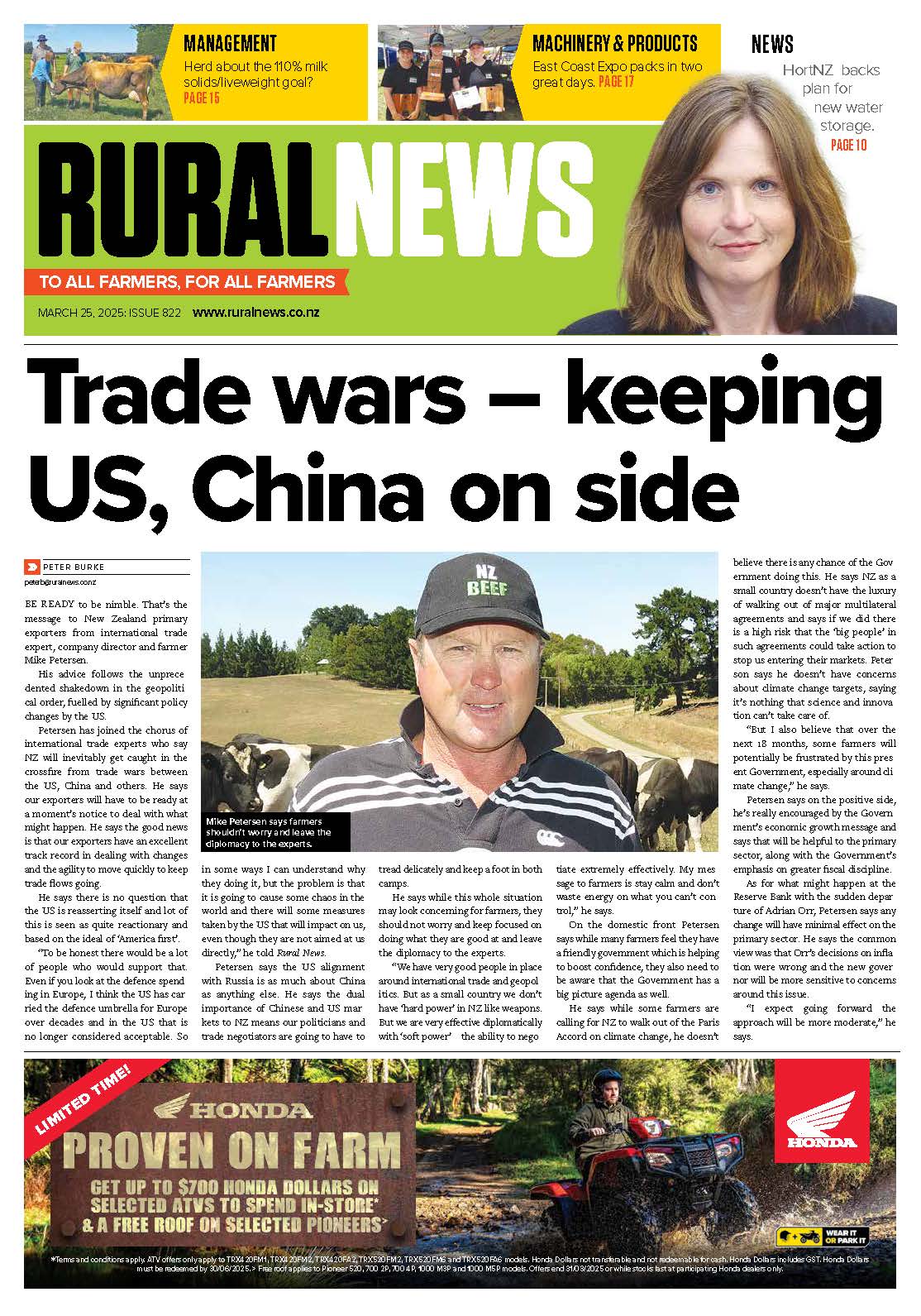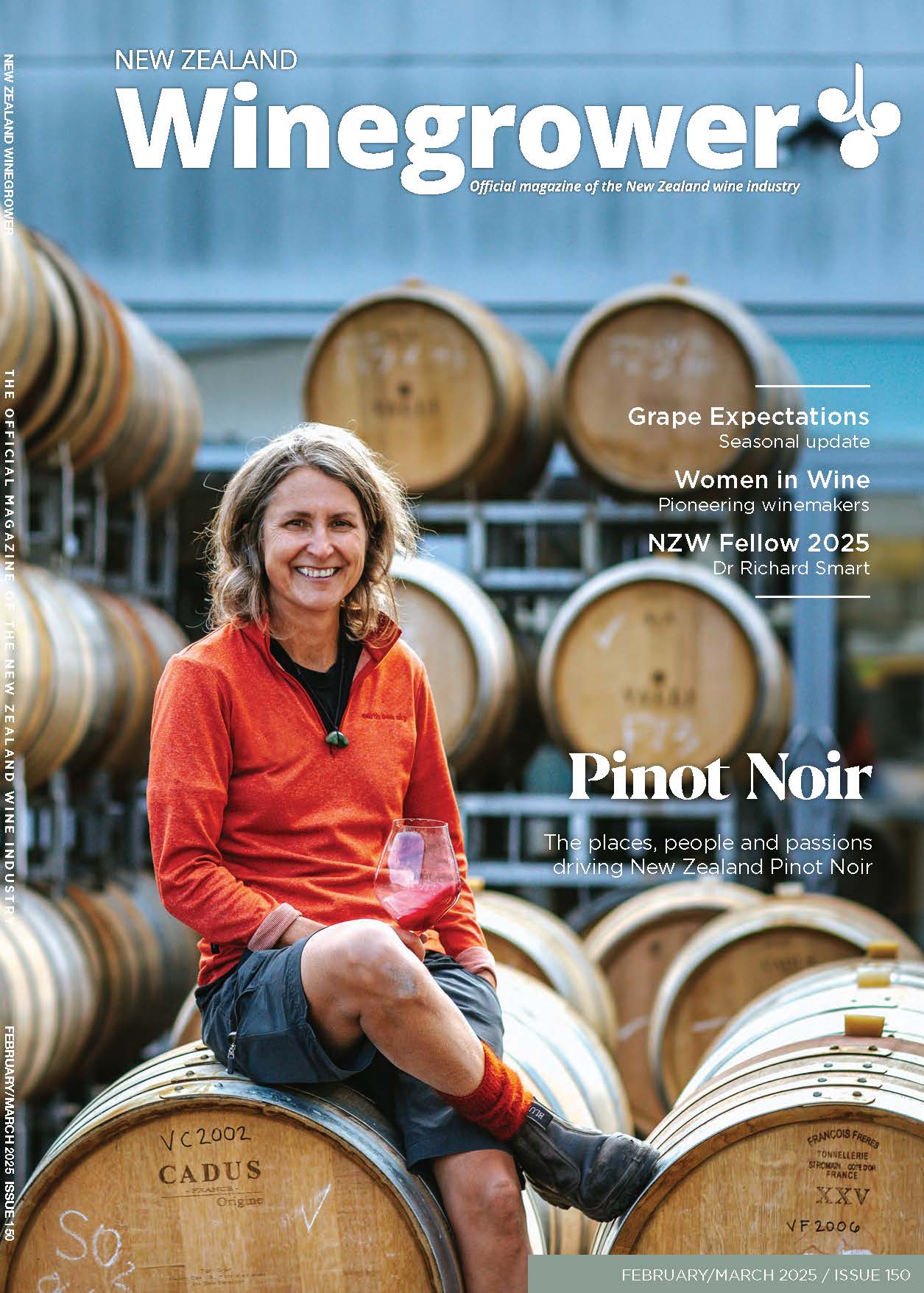One of four Regional Research Institutes (RRIs) funded by the government, the Wine Research Centre, to be based in Marlborough, will receive $10.5 million dollars from the Ministry of Business Innovation and Employment (MBIE) over three years to become established. This is augmented with funding from both Marlborough District Council and NZ Winegrowers.
Development Manager Tracy Benge says gaining the first research contract is just the first step on the road to making the NZWRC a success.
The contract is for the Pinot Noir programme ‘Breaking the quality-productivity seesaw in wine grape production’ which has received $9.3 million over five years from MBIE, combined with $1 million from NZW and additional in-kind contributions from industry. (See full story on page 24.)
“Obviously the contracting of the Pinot Noir project with the NZWRC is in name only at this stage, as the centre doesn’t exist yet. But once it is up and running, we will integrate it into the Centre’s model,” Benge says.
As for when the Centre will be opened, she says there is still a lot of work to be undertaken before any ribbon can be cut, as it’s important to get such a fundamental decision right, and future-proofed for the long-term success of the industry.
“The funding over three years is the establishment phase and our goal is to set the centre up so at the end of those three years we have financial sustainability. It is not that we are setting it up and after three years it finishes. Our plan is to make sure we have a model that ensures longevity, with long term funding.”
Since the signing of the NZWRC contract with MBIE in June last year, the focus has been on strategic planning, and working with the new Board of the NZWRC.
“We have to present a set of work-plans to MBIE by the end of June. These will set out how the research centre will work, everything from a strategic plan right through to finances, risk assessment, operating models and budgets. Once we have finalised those plans and both the Board and MBIE are happy with them, we will then be able to release a lot more about proposed initiatives.”
The four-person board for the Centre has already been appointed; Dominic Pecchenino, James Dicey, Peter Holley and Philip Gregan, while the independent Chair was announced in March, and is Mark Gilbert.
A full set of goals and Key Performance Indicators (KPIs) for measuring success are being finalised, but Benge says the vision and mission statements are quite clear.
Vision: Transforming the New Zealand grape and wine industry through research, innovation and extension.
Mission: Delivering world-leading research outcomes – from grape to glass.
There may be no building yet, but the New Zealand Winegrower’s Research Centre (NZWRC) already has its first contract. One of four Regional Research Institutes (RRIs) funded by the government, the Wine Research Centre, to be based in Marlborough, will receive $10.5 million dollars from the Ministry of Business Innovation and Employment (MBIE) over three years to become established. This is augmented with funding from both Marlborough District Council and NZ Winegrowers.
Development Manager Tracy Benge says gaining the first research contract is just the first step on the road to making the NZWRC a success.
The contract is for the Pinot Noir programme ‘Breaking the quality-productivity seesaw in wine grape production’ which has received $9.3 million over five years from MBIE, combined with $1 million from NZW and additional in-kind contributions from industry. (See full story on page 24.)
“Obviously the contracting of the Pinot Noir project with the NZWRC is in name only at this stage, as the centre doesn’t exist yet. But once it is up and running, we will integrate it into the Centre’s model,” Benge says.
As for when the Centre will be opened, she says there is still a lot of work to be undertaken before any ribbon can be cut, as it’s important to get such a fundamental decision right, and future-proofed for the long-term success of the industry.
“The funding over three years is the establishment phase and our goal is to set the centre up so at the end of those three years we have financial sustainability. It is not that we are setting it up and after three years it finishes. Our plan is to make sure we have a model that ensures longevity, with long term funding.”
Since the signing of the NZWRC contract with MBIE in June last year, the focus has been on strategic planning, and working with the new Board of the NZWRC.
“We have to present a set of work-plans to MBIE by the end of June. These will set out how the research centre will work, everything from a strategic plan right through to finances, risk assessment, operating models and budgets. Once we have finalised those plans and both the Board and MBIE are happy with them, we will then be able to release a lot more about proposed initiatives.”
The four-person board for the Centre has already been appointed; Dominic Pecchenino, James Dicey, Peter Holley and Philip Gregan, while the independent Chair was announced in March, and is Mark Gilbert.
A full set of goals and Key Performance Indicators (KPIs) for measuring success are being finalised, but Benge says the vision and mission statements are quite clear.
Vision: Transforming the New Zealand grape and wine industry through research, innovation and extension.
Mission: Delivering world-leading research outcomes – from grape to glass.
Proving how excited she is about the opportunity, Benge has moved her family down from Auckland. “This is a once-in-a-lifetime opportunity to develop a national wine research institute under the new RRI initiative. This is our chance to set the benchmark high and be world-leading.”
One of the major benefits as she sees it, is the ability to collaborate with other organisations, both nationally and internationally. Already contacts have been made with the Australian Wine Research Institute and Wine Australia, to establish collaboration strategies. “Whatever collaborations we develop it needs to be for the good of the New Zealand wine industry, and protecting and growing our IP is paramount.”
Further contacts are being made with UCDavis, who along with E&J Gallo Wines have established a research winery in California.
“One of the things we are looking into is the feasibility of a national research winery to be based within the Research Centre. We have done the initial ball-park look at what it would cost and now we need to break that down into a full business case.” A national research winery would be a first for New Zealand.
With her background in sustainability, (Benge project-managed the launch of the Sustainability scorecard, WiSE, and the SWNZ Continuous Improvement programme), she is keen for any research winery to be fully sustainable, utilising renewable energy, waste and water recovery.
There is also the ability for the NZWRC to collaborate with other RRIs, in terms of agriculture technology. The Centre for Space Science Technology based in Alexandra is focusing on spatial technology via satellite imagery. Then Plant Tech in Tauranga has received RRI funding to focus on technology development in horticulture, such as robotics and in-field decision support technology. Both RRIs could offer benefits to the NZ wine industry, Benge says.
“Robotics, sensory and satellite technology are areas where you can’t afford to do it alone. You need to have collaboration with other companies. So there is the perfect opportunity for us all to work together for the benefit of the NZ wine industry.”





